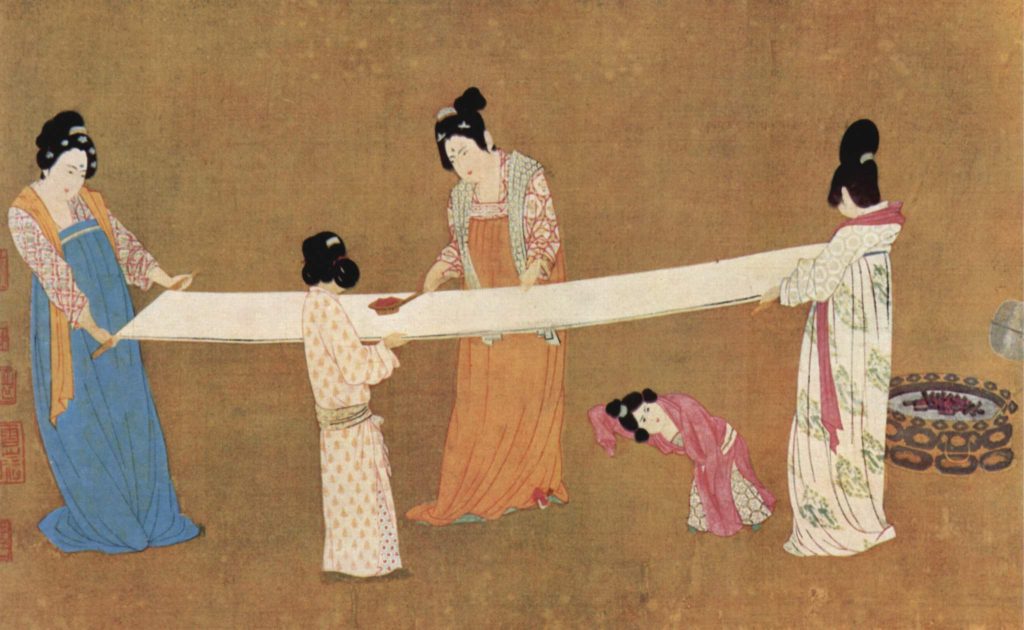Silk has long been one of the most luxurious and sought-after fabrics in human history. With its origins in ancient China, silk has shaped economies, inspired legends, and revolutionized the textile industry worldwide. Let’s explore the rich history of silk, from its mysterious beginnings to its global influence today.
The Mythical Origins of Silk
According to Chinese legend, silk was discovered around 2700 BCE by Empress Leizu, the wife of the Yellow Emperor. As the story goes, she was sipping tea under a mulberry tree when a silkworm cocoon fell into her cup. As she tried to remove it, she discovered that the cocoon unraveled into a long, delicate thread. This discovery led to the cultivation of silkworms and the birth of sericulture (silk farming) in China.
The Secret of Silk: A Treasure of Ancient China
For centuries, China guarded the secret of silk production with extreme caution. The process of breeding silkworms, extracting the delicate fibers, and weaving them into fabric was a closely held state secret. Anyone caught smuggling silkworms or silk production techniques out of China faced severe punishment, including death.
During the Han Dynasty (206 BCE – 220 CE), silk became a valuable commodity, leading to the establishment of the Silk Road—a vast trade network connecting China to the Mediterranean. Silk was exchanged for gold, silver, spices, and precious stones, making it one of the most prized exports of ancient times.
The Spread of Silk Production
Despite China’s efforts to keep silk-making a secret, the knowledge eventually spread beyond its borders. By the 6th century CE, two Byzantine monks reportedly smuggled silkworm eggs hidden inside their walking staffs, bringing silk production to the Byzantine Empire. From there, silk manufacturing expanded to Persia, India, and eventually Europe.
By the Middle Ages, Italy had become a major center of silk production, particularly in cities like Venice and Florence. The Renaissance saw an explosion of silk weaving in France, where Lyon became famous for its exquisite silk fabrics.
Silk in the Modern World
Today, silk remains a symbol of luxury and refinement. Although China is still the world’s largest producer, other countries such as India, Thailand, and Brazil have developed their own silk industries. With advancements in textile technology, silk is now used in everything from haute couture fashion to medical sutures and even aerospace engineering.
Moreover, sustainable and ethical silk production is becoming a key focus, with innovations like peace silk (which allows silkworms to emerge from their cocoons naturally) gaining popularity among eco-conscious consumers.
Conclusion
From its legendary origins in ancient China to its status as a global luxury fabric, silk has played an essential role in fashion, trade, and culture. Its delicate beauty and incredible strength continue to captivate people around the world. Whether in the form of elegant clothing, exquisite bedding, or high-tech applications, silk’s legacy remains as vibrant as ever.
What are your thoughts on silk? Have you ever owned a silk product that you cherish? Share your experiences in the comments below!
